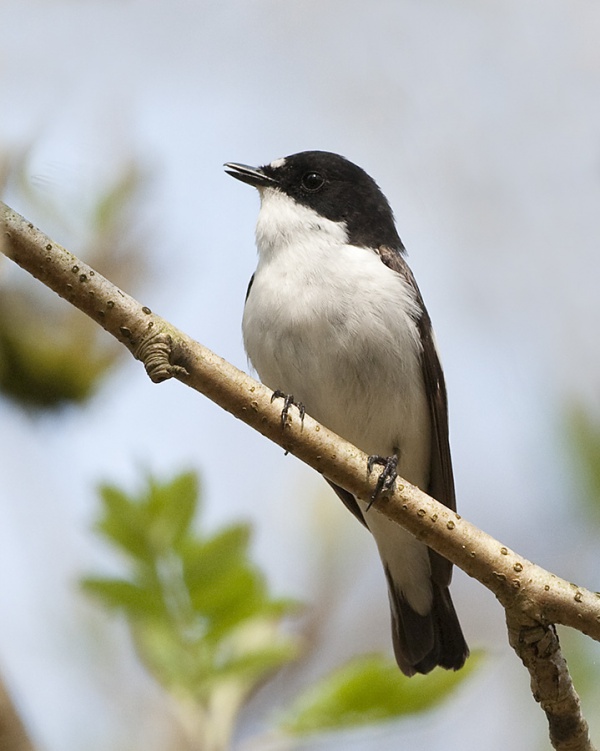Facts About European pied flycatcher
The European pied flycatcher is a small, charming bird found throughout Europe and the Western Palearctic. Known for its migratory lifestyle, it spends winters in Africa. This species, which practices polygyny, predominantly feeds on insects such as spiders, ants, and bees. Fortunately, the IUCN lists it as "least concern" attributing this status to its extensive range and robust population.
Belonging to the Old World flycatcher family, the European pied flycatcher bears the scientific name Ficedula hypoleuca and includes four recognized subspecies. Breeding males are striking with their black and white plumage and distinctive wing patches, while non-breeding birds don a more subdued pale brown color. These birds thrive in deciduous woodlands and typically nest in tree cavities.
Their distribution spans across Europe, northern Africa, and parts of Asia. Interestingly, they exhibit a mixed mating system that includes both monogamy and polygyny. Males often travel great distances to find a second mate but usually return to assist their primary female partner with parental duties. This unique mating behavior has been the subject of extensive research.
Researchers have also studied their parental care, feeding habits, and population status. The European pied flycatcher primarily eats insects, with a particular fondness for ants. Although there have been concerns about population declines in some areas, conservation efforts are underway in countries like the UK and the Netherlands.

 Ireland
Ireland